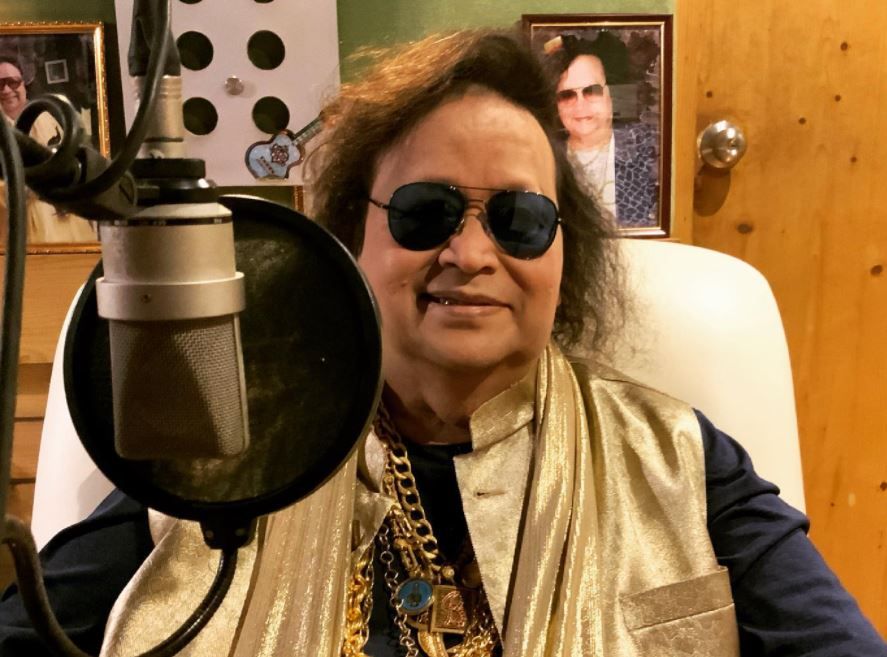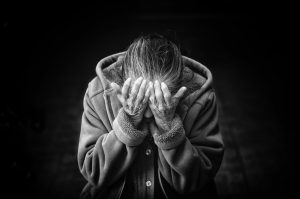Veteran musician Bappi Lahiri died at the age of 69 on Tuesday due to obstructive sleep apnea (OSA).
“Lahiri had been admitted to the hospital for a month and was discharged on Monday. But his health deteriorated on Tuesday and his family called for a doctor to visit their home. He was brought to the hospital. He had multiple health issues. He died due to OSA (obstructive sleep apnea) shortly before midnight,” Dr. Deepak Namjoshi, director of the hospital, told PTI.
The sleep disorder affects breathing by repetitively collapsing an individual’s airways during the sleep cycle. It occurs when certain muscles supporting the tissues in the throat relax.
Also Read: Bappi Lahiri death: Singer-composer’s age, net worth and other details
A person suffering from OSA may experience symptoms like snoring, excessive daytime sleepiness and fatigue, abruptly waking up from sleep by choking or gasping, morning headaches, waking up with a sore throat or dry mouth, high blood, pressure, and irritability.
According to MayoClinic, certain risk factors of OSA include, excessive weight, chronic nasal congestion, hypertension, old age, narrowed airways, diabetes, smoking, PCOS, asthma, and a family history of sleep apnea.
Also Read: Why did Bappi Lahiri wear so much gold jewellery?
Sleep apnea may give rise to other complications such as chronic fatigue, drowsiness, difficulty in concentrating, coronary artery disease, strokes, complications with medications, and eye conditions.
Multiple episodes of sleep apnea can be fatal if an individual already suffers from heart disease.
Treatments for obstructive sleep apnea include using a device to keep the airways open during sleep and using a mouthpiece to push the lower jaw forward during sleep. Severe cases may require surgery.
Obstructive sleep apnea could put Covid-19 patients at risk. OSA patients have been found to be at a higher risk for developing severe symptoms of Covid-19, thus requiring hospitalization.
While obstructive sleep apnea and central sleep apnea are used as interchangeable terms, in obstructive sleep apnea, the upper respiratory system gets narrowed down, thus blocking an individual’s airways. Due to the blockage, the brain sends signals to the body to wake up and resume breathing.
In central sleep apnea, the brain fails to send those signals, thus temporarily obstructing breathing patterns.







